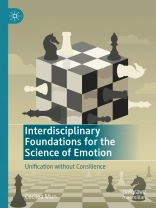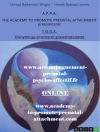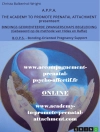In this book, Cecilea Mun introduces an innovative meta-framework for conducting interdisciplinary research in the science of emotion, broadly construed, as well as a framework for a particular kind of theory of emotion. She provides new solutions and arguments in support of an embodied cognitive approach to resolving a wide range of problems, including those concerning skepticism, the place of ordinary intuitions for the science of emotion, intentionality, the rationality of emotions, naturalizing knowledge, and the debate between philosophical cognitive and noncognitive theories of emotion. Her solutions include a revolutionary, unifying, interdisciplinary taxonomy of theories of emotion, which allows one to understand the discourse in the science of emotion as a debate between four fundamental types of theories: realism, instrumentalism, eliminativism, and eliminative-realism. Her original proposal for a conception of intentionality that makes sense of our ordinary intuitions isalso combined with her comprehensive account of rationality to articulate a groundbreaking understanding of the structure of human rationality. All of the contributions made herein, together, provide the foundations for a profound understanding of emotions, including as a kind of embodied language.
İçerik tablosu
1. One’s Gavagai Is Another’s Rabbit but Does Either Know?.- 2. The Meaning of “Emotion”.- 3. From an Eagle’s Eye Point of View.- 4. Keep Your Bootstraps, We Were Born to Know.- 5. We Are Living in a Material World.- 6. Original Intentionality.- 7. Intentionality by Any Other Name Would Still Be as Meaningful.- 8. How Can We Know? Let Me Count Three Ways.- 9. Knowing Once More, but with Feeling.- 10. A Sketch of Semantic Dualism about Emotion.
Yazar hakkında
Cecilea Mun is a disabled, Korean-American philosopher. She is the founding director of the Society for Philosophy of Emotion, and the founding editor-in-chief of the Journal of Philosophy of Emotion.












